Pureth: Efficient, complete data verification for Ethereum
Pureth aims to reduce the trust placed in centralised RPC providers and third-party indexers, making Ethereum more accessible for users and applications.

Today, the Ethereum community is rightly focused on Enshrined Proposer-Builder Separation (ePBS), a protocol-level change that aims to improve how Ethereum blocks are built and proposed, reduce MEV-related incentives, and improve the fairness of block production.
By enshrining builder and proposer roles within the consensus layer, Ethereum can reduce reliance on third-party relays and ensure a more decentralised, transparent, and secure block-building market.
This focus on ePBS is well-placed and timely. It represents an important step in Ethereum’s evolution toward a more robust and decentralised architecture. But as the focus shifts towards block-level decentralisation, it is equally important not to overlook another long-standing issue: the fact that most Ethereum users and applications still access blockchain data through a small number of centralised RPC endpoints.
While ePBS improves how blocks are proposed and built on Ethereum, it does not solve the problem of how users access and verify the data within those blocks. Even in a post-ePBS Ethereum, there may still be dependencies on trusted RPC endpoints.
Connecting to a trusted RPC provider makes it easy for wallets to allow users to access, store, and manage data on the Ethereum blockchain, but this reliance on centralised parties creates a number of risks.
If an RPC provider is compromised, goes offline, or uses incorrect software, users may receive incomplete or incorrect data, which can result in fraudulent transactions or other unintended actions. Fraudulent transactions can still occur in decentralised systems through vectors such as user error and smart contract faults, but reliance on centralised services introduces an additional element of risk.
Centralised services can also track requests and build profiles of users, even when their wallets are not linked on-chain. These providers may also choose to block access based on geographic or regulatory pressures.
Nimbus team members are working with others to remove this reliance on trusted RPC providers through a new Ethereum Improvement Proposal (EIP) called Pureth.
Pureth (EIP-7919) introduces several changes to the way Ethereum data is stored, accessed, and verified. These changes aim to reduce the trust placed in centralised RPC providers and third-party indexers, making Ethereum more accessible for users and applications.
While the shift toward ePBS is a major milestone, Pureth addresses a parallel and equally important problem. It ensures that Ethereum users are not forced to trust a narrow set of data providers and can instead interact with the chain in a trust-minimised way.
Benefits of the Pureth Meta proposal
The Pureth Meta proposal (EIP-7919) comprises several separate EIPs which together aim to facilitate trustless, verifiable data interactions on Ethereum, allowing any Ethereum client to independently confirm that the data received is trustworthy.
By making RPC data verifiable, Pureth enables greater security, privacy, and decentralisation across the Ethereum ecosystem. This benefits many stakeholders, including wallets, dapps, Layer 2 networks, staking pools, and lightweight clients.
With Pureth implemented, developers can use any RPC provider and still be confident about the data they receive, users gain stronger protections against fraud and surveillance, and applications or bridges can reduce gas costs by requesting only the data they need.
Key benefits of the changes proposed within Pureth include:
- Verifiable RPC data: Clients can confirm that transactions, receipts, and logs are both valid and complete.
- Tree-based hashes: Replaces flat hash structures with a tree format based on SimpleSerialize (SSZ), which makes it possible to verify just a portion of the data without downloading everything. For example, proving a single log entry without needing the entire transaction receipt.
- Unified serialisation: Using SSZ across execution and consensus layers simplifies tooling and improves performance.
- Lower indexing costs: Since all ETH transfers emit logs, and those logs become provable, developers no longer need costly external indexing services for basic queries.
- Forward compatibility: The new data structures remain stable across future upgrades, meaning tools and verifiers do not need to be rewritten as often.
Other effects of the EIPs under the Pureth proposal include making it much easier to track native ETH transfers, as every ETH transfer will emit a log event in the same way token transfers do.
Thanks to this emission of provable data logs, Pureth will also significantly reduce indexing costs for dapps and layer-2 networks.
For a full breakdown of the EIPs included in the Pureth proposal and their respective rationales, read the Pureth Meta EIP.
Why now is the time for Pureth
ePBS has been selected as the headline feature for Ethereum’s Glamsterdam update, improving block production and reducing reliance on third parties.
Focusing on Pureth next would frontload relatively straightforward integration efforts to improve the network's decentralisation, making Ethereum more robust as work continues on enhancing its scalability.
SSZ, the data format Pureth relies on, has already proven itself in Ethereum’s consensus layer and is ready for use in the execution layer.
Integrating it now avoids further reliance on outdated formats such as RLP, which the Ethereum roadmap seeks to retire. This will also help Ethereum to consolidate around more modern, efficient structures and reduce long-term complexity.
The proposal also supports the growing role of Layer 2 networks. As these solutions begin to adopt more of the main chain’s architecture, the ability to access Ethereum data efficiently and verify it securely becomes increasingly important.
Additionally, with zero-knowledge technology gaining momentum, it remains essential to maintain fast and provable indexing and data retrieval systems. Pureth lays the foundation for this transition by introducing structures compatible with a zero-knowledge future.
Importantly, these systems are standardised for better interoperability, meaning zero-knowledge solutions will not need to implement their own indexes.
While meaningful progress would best be realised through the full implementation of the Pureth Meta EIP, partial earlier implementations, specifically introducing SSZ data types with forward-compatible merkleisation, could help to stabilise proof verification logic for those who want to access Beacon chain data trustlessly.
Work on Pureth is already underway - the current status is tracked at pureth.guide.
A development network built using Nimbus and EthereumJS is demonstrating early SSZ support. Geth has implemented a version of the 2D log index structure, though the prover is still being developed. While not all components are complete, the core specifications are advancing steadily.
Several developers from Ethereum Protocol Fellowship (EPF) Cohort 6 are currently working on Pureth implementations for Nimbus, Erigon, and Reth. Progress on their development can be tracked at pureth.guide.
Pureth is a strong candidate for the next stage in Ethereum’s evolution. It offers a cleaner, more verifiable data layer that strengthens decentralisation and reduces dependence on central infrastructure. By solving the problems faced by Ethereum users today and being forward-compatible with future enhancements to the protocol, Pureth supports the blockchain’s long-term resilience and usability in a way that aligns with its principle of decentralisation.
Read the forum discussion to learn more about the justification for Pureth, or view the full Meta EIP to learn more about the individual EIPs that comprise the proposal.
